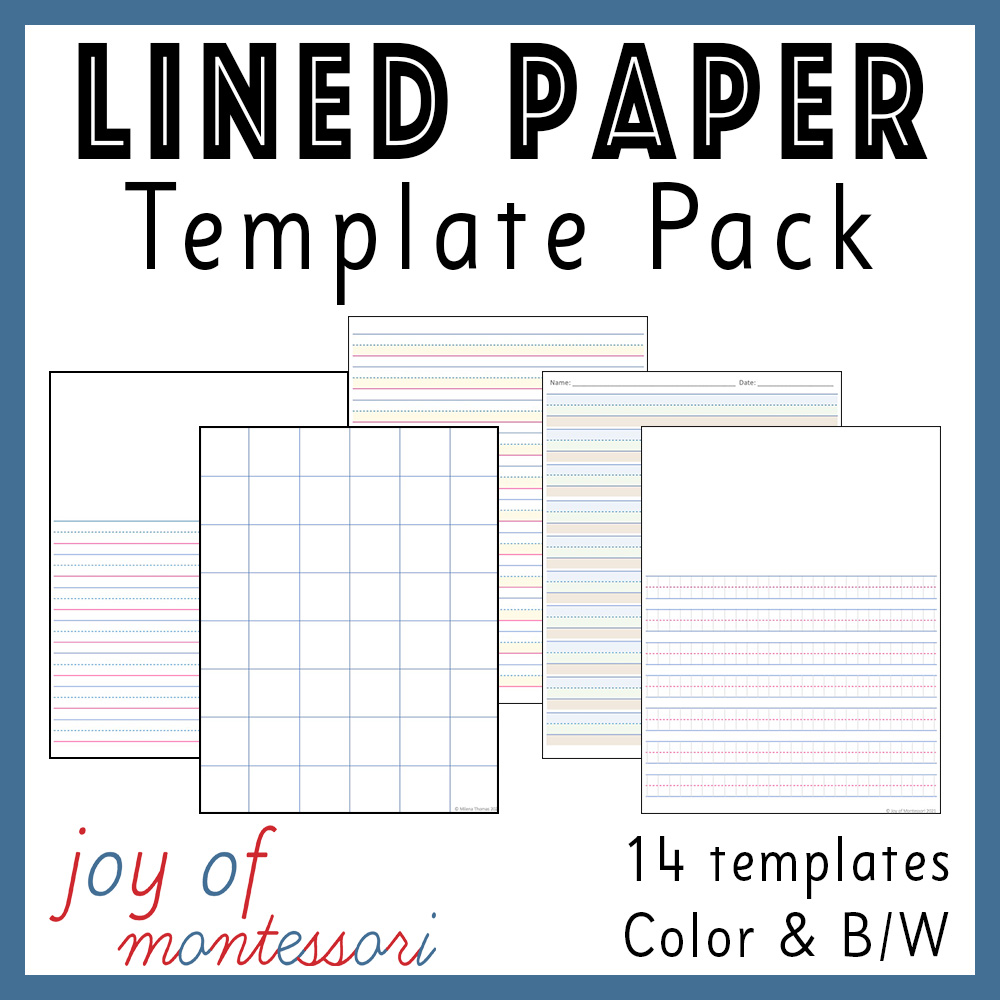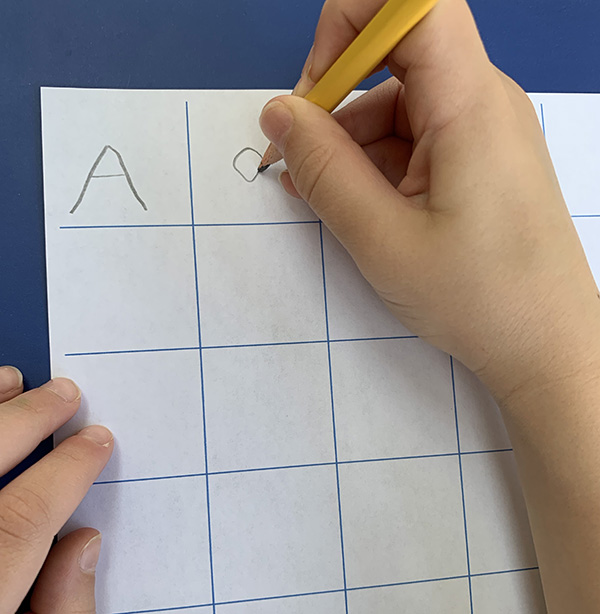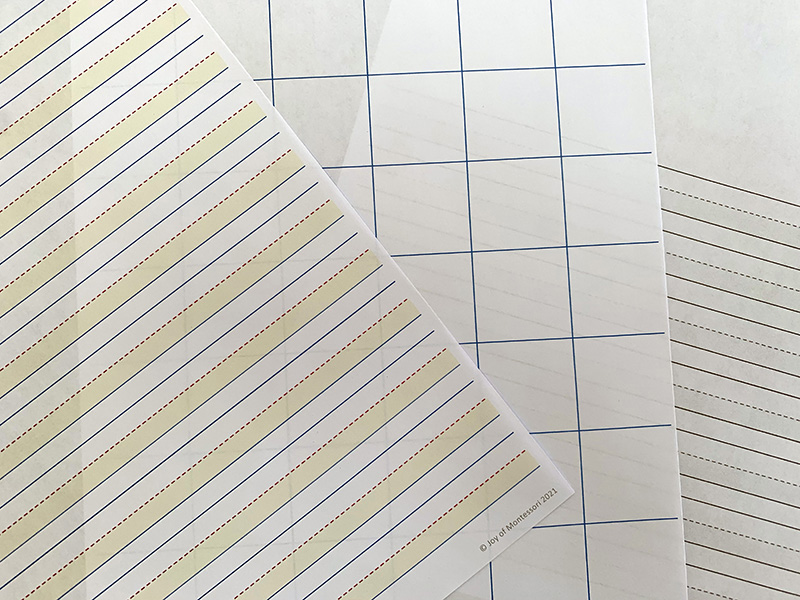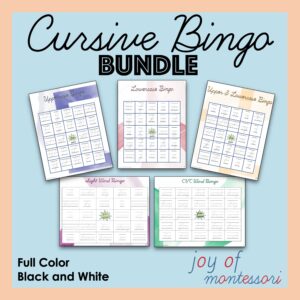Description
Template features include:
-
Standard D’Nealian (TM) of 4.25 inch blank space for drawing, 5/8 and 5/16 inch spacing of solid and dotted lines
-
Sheets with and without space for Name and Date
-
Blue, yellow, and “Sky, Grass, and Ground” style highlights
-
Lined with letter space grids
-
Full color or Black and White options
-
Small and Large Grids
How to use these templates
These lined paper templates are for parents, educators, and occupational therapists working with children in early childhood to learn, practice or remediate their writing skills. The measurements used are standard to D’Nealian (TM) spacing for preschool and kindergarten. A wide variety of templates are provided so that different aspects of writing can be highlighted visually and/or verbally to accommodate the different stages of learning as well as cognitive, visual, or physical abilities. For example, the dotted baseline may provide children with a helpful visual for starting all lowercase cursive letters. Highlighted blue or yellow sections may assist visual discrimination of letter size, form, and spacing. Vertical gridlines on lined paper can assist children who need more feedback about how to form and size letters evenly and place one space between words. Small and large grids can provide the very youngest writers with just enough of a boundary to form letters without the pressure of lined paper usage until they are ready.
Importance of Lined Handwriting Paper
Initially in the Montessori classroom children are provided a wide variety of ways to learn the symbols of language, primarily through the sandpaper letters – and educators can provide many more sensory experiences prior to working with a writing implement and paper. However once a child is around the age of 5-6 (sometimes younger students show readiness), they should experience creating the forms in a more systematic way to further develop their grip and fine motor control.
Important Notes
-
Ensure the first writing lessons are brief and engaging.
-
Start with the large grid paper only after the child has worked with the chalkboard extensively. Then you can move on to the smaller grids, and then finally the lined paper.
-
Ensure the child’s writing space is well lit
-
Provide a chair and table where the child’s feet touch the ground or a stool, and their arms and shoulders do not need to hunch up to comfortably write.
-
Left-hand-favoring students should angle the top right corner to the right. Right-hand-favoring students should angle the top left corner to the left.
-
Ensure the child’s grip is primarily between the thumb and pointer finger, with the writing implement resting on the middle finger.
-
Monitor for any signs of frustration or fatigue and adjust the instruction accordingly.







Reviews
There are no reviews yet.